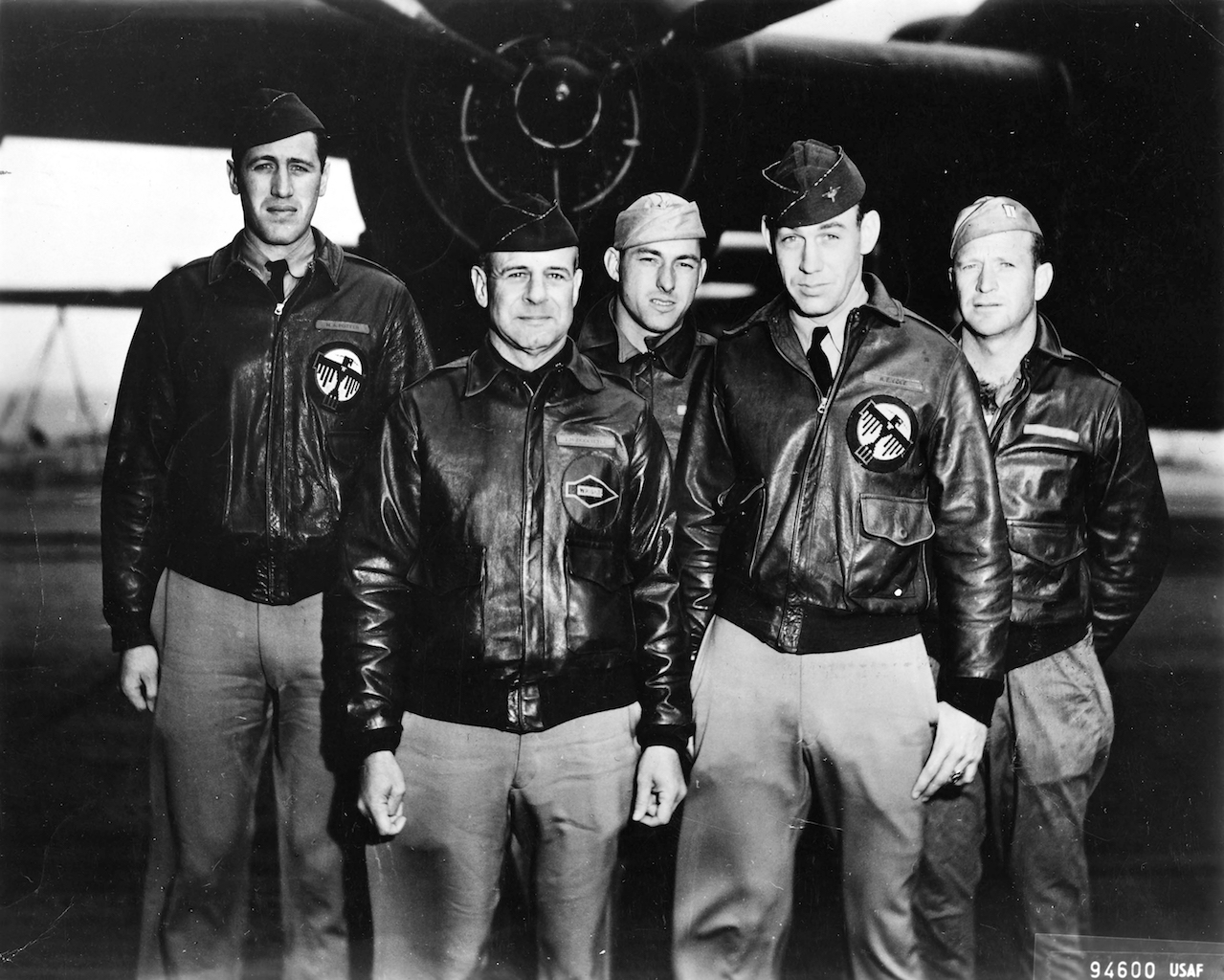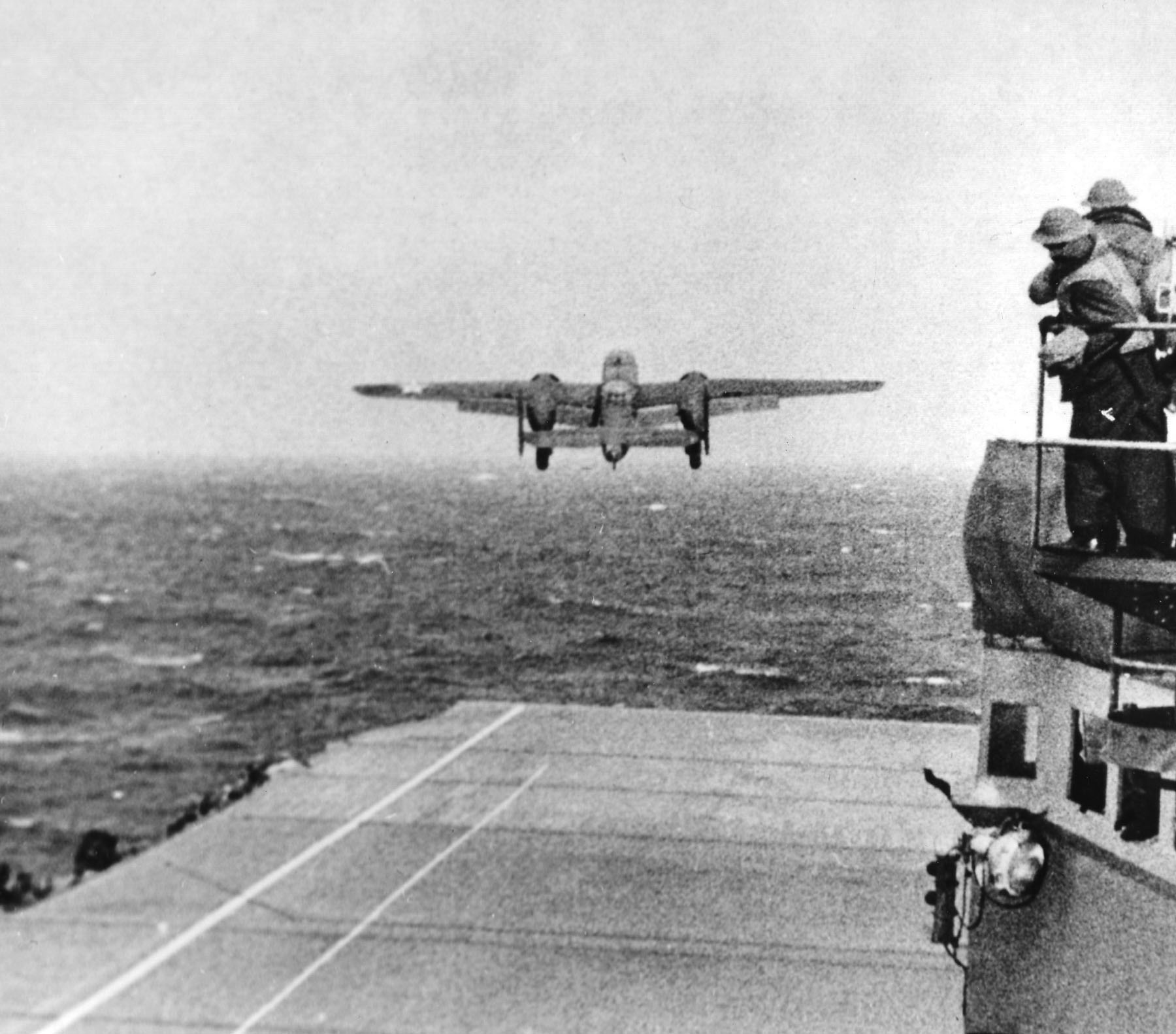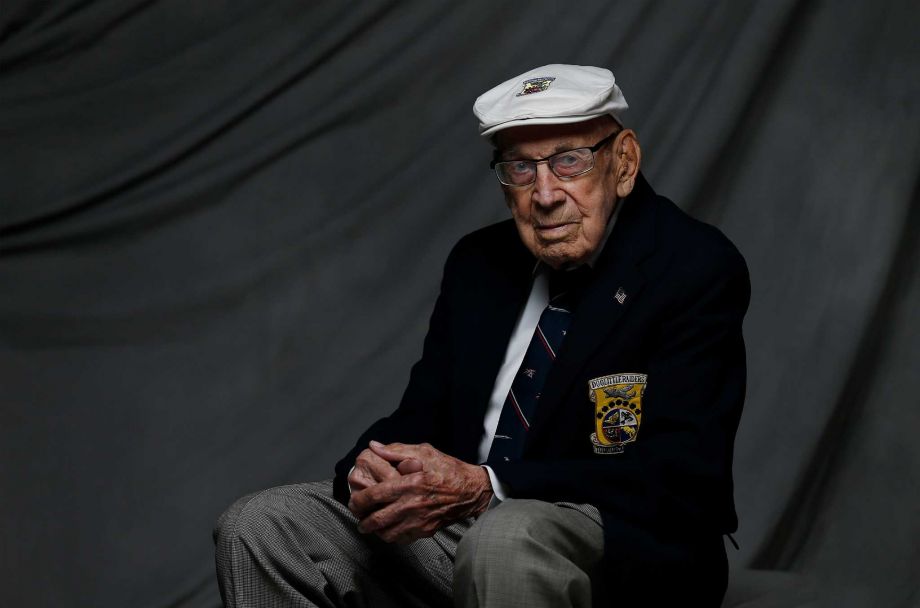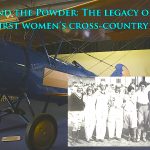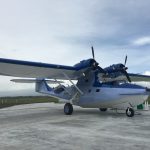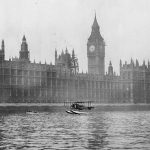“One Hundred Years A Hero,” a new biopic documenting the extraordinary life and career of Lt. Col. Richard E. Cole, USAF (Ret.), will premiere Friday, April 22 at 5 p.m. in the Air Force Museum Theater in Dayton, Ohio. As part of the Living History Film Series, a panel discussion will follow the screening. Still going strong at 100 years of age, Col. Cole expects to attend the premier, participating in the discussion with film makers Jon Tennyson and Scott Guyette. A second showing of the film and discussion will be offered at 3 p.m. on Saturday, April 23. Sept. 7, 1915, just 12 years after Dayton natives Wilbur and Orville Wright conducted the first powered, controlled airplane flights at Kitty Hawk, Dick Cole was born in Dayton, Ohio. He was born at home, just blocks from the brothers’ now famous bicycle shop. Fascinated by flight as a child, he often rode his bicycle out to the levees above McCook Field to watch pioneering pilots such as Jimmy Doolittle and John Macready test fly the newest concepts of the day.
Little did the youngster know that a few short years later, in April of 1942 , he would be sitting just inches from Doolittle, flying as co-pilot on one of the most celebrated missions in U.S. military history, the Doolittle Raid on Tokyo, Japan. Dick Cole had left the United States aboard the carrier USS Hornet on April 2, 1942. On April 18, 1942, he was co-pilot of the first American airplane to attack the Japanese home islands since war had been declared. The Raid was just the beginning of a year overseas for Cole. After the Doolittle Raid, Cole remained in the China-Burma-India Theater (CBI) to “Fly the Hump,” one of the riskiest of all World War II aviation missions. In the spring of 1942, Japanese units overran Burma on India’s northern border, cutting off the last significant land routes that supplied the struggling armies of Generalissimo Chiang Kai-shek in China. The United States and its Allies needed to keep China in the war. Since she had been attacked by the Japanese in 1937, her forces had preoccupied nearly 2 million Japanese troops. However, that strategy could only work if China and Allied troops could be supplied. So in April 1942, Cole, now assigned to the Air Transport Command, started flying the Hump in C-47s loaded to the gills with everything from gasoline to food to bandages – whatever was needed to keep China and her Allies in the fight.
The dangers of flying 530-mile long passage over the Himalayan Mountains – which became known as the “Aluminum Trail” – were many, and a terrible price was paid. Nearly 1,000 men and 600 Air Transport Command planes were lost by the end of China-Burma-India Theater operations. In addition, China National Aviation Corporation lost 38 planes and 88 airmen. Cole faced those dangers until April 29, 1943, when he was finally released from assignment with the Air Transport Command.Cole flew nearly 60 round trips between India and China, over and through the terrifying Himalayas, in order to supply those defending China. Now, a year later, he was going home to a great stateside assignment, test flying newly manufactured airplanes. Once home Cole met and married the love of his life Marta, all in the span of three months before receiving a phone call sending him back to the war front. The call was from Col. Johnny Alison, a well-known hero of the CBI, a fighter ace who had commanded the 23rd Fighter Group. Alison was forming a new unit to carry out a top secret mission in the CBI – no details, no incentives, no promises – just a question: “Are you interested?”, followed by a typically terse Dick Cole response: “Sure.” With that, Cole became a member of the first Special Operations Unit in the history of the United States Army Air Corps, the1st Air Commandos Group. Cole participated in Operation Thursday in Burma, which marked the first U.S. aerial invasion into enemy territory and the first nighttime heavy glider assault landing. The unit played a legendary part in the re-taking of Burma from the Japanese. Later, when asked why he would go back to such dangerous duty in the CBI after all he’d been through, Cole said, “It needed to be done. And I wanted to do something for the war effort on my own. I didn’t want to only be Jimmy Doolittle’s co-pilot for the rest of my life.”
“Dick Cole – One Hundred Years a Hero” was produced by the multi-award winning aviation documentarians, Sleeping Dog Productions, in conjunction with the Voices of Valor project of the Fagen Fighters World War II Museum, Granite Falls, Minn. Film makers Jon Tennyson and Scott Guyette will be sharing their experiences working with Dick Cole and others to preserve their important stories and honor our veterans. Thankfully, Colonel Richard E. Cole, One Hundred Years a Hero, is still with us and scheduled to attend the premier of his exciting biopic.
The theater April 22 and 23 events are the third of eight Living History Film Series programs planned for 2016. The Series brings aviation history alive through films and guest speakers. The Living History Film Series is sponsored by Texas Road House and the Boeing Co. Holiday Inn Dayton-Fairborn is the official hotel partner for the series, offering special rates for visitors. Tickets are available at the theater’s ticket counter or by emailing [email protected] for $15 per film ($12 for Friends Members).
The theater is operated by the Air Force Museum Foundation, Inc., a Section 501(c)(3) private, non-profit organization that assists the Air Force in the development and expansion of the facilities of the National Museum of the United States Air Force. For more information on the Air Force Museum Foundation, visit www.airforcemuseum.com. The Air Force Museum Foundation is not part of the Department of Defense or any of its components and it has no governmental status.
About National Museum of the U.S. Air Force
The National Museum of the U.S. Air Force, located at Wright-Patterson Air Force Base near Dayton, Ohio, is the world’s largest military aviation museum. With free admission and parking, the museum features more than 360 aerospace vehicles and missiles and thousands of artifacts amid more than 19 acres of indoor exhibit space. Each year about one million visitors from around the world come to the museum. For more information, visit www.nationalmuseum.af.mil.







